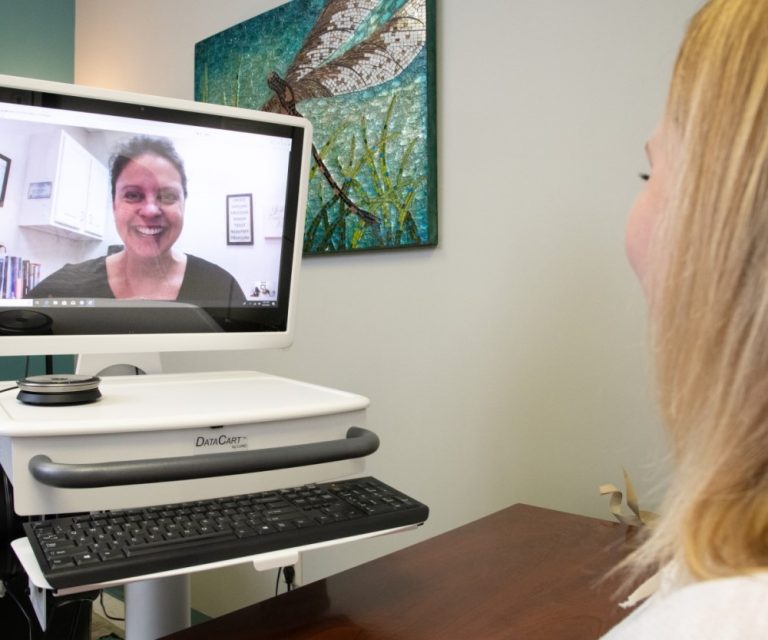Novavax NanoFlu achieved all primary endpoints in phase 3 clinical trial
On Mar. 24, 2020, Novavax announced positive top-line results of its pivotal Phase 3 clinical trial of NanoFlu,…

On Mar. 24, 2020, Novavax announced positive top-line results of its pivotal Phase 3 clinical trial of NanoFlu,…

On Mar. 23, 2020, researchers at Washington University School of Medicine in St. Louis announced they were investigating…

On Mar. 20, 2020, a study was published in JAMA that expands the understanding of influenza-associated complications. Influenza…

On Mar. 19, 2020, Mesa Biotech announced it had been awarded a $561,000 contract from the U.S. Department…

On Feb. 24, 2020, Seqirus announced that the U.S. Food and Drug Administration (FDA) had approved the first…

On Dec. 12, 2019, Vanderbilt University Medical Center (VUMC) researchers James Crowe Jr., MD, and colleagues announced they…

On Dec. 12, 2019, BioAegis Therapeutics announced publication of new research findings with recombinant human plasma gelsolin in…

On Dec. 11, 2019, Seqirus announced that its cell-based quadrivalent influenza vaccine (QIVc) had received approval from Health…

On Nov. 4, 2019, the U.S. Food and Drug Administration (FDA) approved Fluzone High-Dose Quadrivalent (Sanofi Pasteur) for…

On Oct. 17, 2019, Genentech announced the U.S. Food and Drug Administration (FDA) had approved Xofluza (Baloxavir Marboxil),…

On Sept. 30, 2019, the University of Georgia (UGA) announced it had signed a contract with the National…

On Aug. 23, 2019, the Centers for Disease Control and Prevention (CDC) released Immunization Practices Advisory Committee (ACIP)…

In Jun. 2019, Defense Advanced Research Projects Agency (DARPA) announced it had funded a $21.9 gene modulation research…

On Jun. 5, 2019, Vaccitech announced that it has administered its pandemic universal influenza A vaccine MVA-NP+M1 (VTP-100)…

On Jan. 23, 2019, U.S. Food and Drug Administration (FDA) announced it had approved approved the use of…

On Dec. 5, 2018, Seqirus, a CSL subsidiary, announced real-world data showing that its cell-based quadrivalent influenza vaccine…

On Oct. 24, 2018, the U.S. Food and Drug Administration (FDA) announced it had granted approval of Xofluza…

On Aug. 24, 2018, the Centers for Disease Control and Prevention (CDC) published Immunization Practices Advisory Committee’s (ACIP)…

On Jul. 12, 2018, Cue Health announced that is had been awarded up to $30 million in base…

On Jun. 8, 2018, the U.S. Centers for Disease Control and Prevention (CDC) published Immunization Practices Advisory Committee…

On Jun. 1, 2018, the American College of Obstetricians and Gynecologists (ACOG) issued a committee opinion on maternal…

On Apr. 23, 2018, Medigen Vaccine Biologics and GC Pharma entered an exclusive distribution agreement for GCC’s quadrivalent…

On Apr. 1, 2018, the American College of Obstetricians and Gynecologists released a committee opinion on influenza vaccination…

On Jan. 11, 2018, the U.S. Food and Drug Administration (FDA) approved an expanded indication for the four-strain…

On Jan. 9, 2018, armed with 1940s-vintage flu vaccine technology and supported by only anemic funding for developing…

On Aug. 25, 2017, the U.S. Centers for Disease Control and Prevention (CDC) published Immunization Practices Advisory Committee…

On Aug. 7, 2017, Seqirus announced that the accelerated development of cell-based manufacturing technology at its state-of-the-art manufacturing…

On Jun. 15, 2017, the U.S. Department of Health and Human Services (HHS) published the nations’s updated Pandemic…

On Apr. 21, 2017, the U.S. Centers for Disease Control and Prevention (CDC) published updated guidelines for use…

On Dec. 14, 2016, reports from China and South Korea painted a picture of spreading H5N6 avian flu…